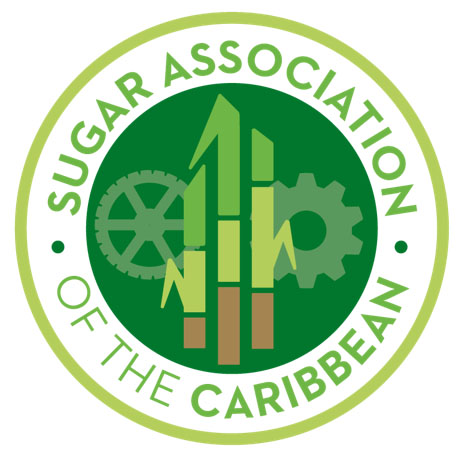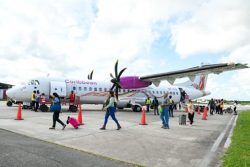The Sugar Association of the Caribbean (SAC) has lamented that over two-thirds of the sugar consumed in the region comes from outside of it, and the imports, garnered duty-free, are displacing market opportunities for over 200,000 metric tonnes of CARICOM sugar.
An SAC release noted that despite the fact that CARICOM industries are in the position to cater to the demands of the region, their products are forced onto the low value global market.
The SAC reported that its members are projected to produce around 450,000 metric tonnes of sugar this year. However, it was noted that to date, the region has exported 133,000 tonnes of sugar to the EU market at global market prices, while duty-free imports are being dumped into the CARICOM market at less than half the price they’re valued in their home markets.
During the SAC’s 170th Board of Directors meeting on May 22, in Belize, Directors discussed the future of regional sugar supply and possible solutions for the regional market, after the removal of market preferences for CARICOM sugar in Europe put the region at a disadvantage.
The SAC has since advised that policy changes are necessary for an integration of the sugar market within the CARICOM Single Market & Economy (CSME), warning that failure to achieve this “threatens a major agricultural sector of the region’s economy, hundreds of thousands of Caribbean jobs and questions the effectiveness of the single market in meeting its stated objectives”.
Another solution proffered is the “correct implementation of the existing Treaty processes”, particularly for brown sugar, which the SAC said has seen a marked erosion in value in recent months.
Further, the SAC stated that within the coming months, further discussions between sugar producers and users will be held, in order to find a pathway to achieving a mutually beneficial outcome. This is as SAC members continue to engage their respective governments, sugar users and the CARICOM Secretariat, to find solutions. “SAC Directors are squarely focused on how regional integration can benefit industrial users and consumers of sugar through competitive longer-term pricing strategies, which are not directly impacted by cyclical global sugar price surges,” SAC Chairman, R. Karl James stated, adding, “Utilisation of our sugar in most of our products would reduce this risk alongside the processing and import costs associated with importing sugar from outside the region. This would bring CARICOM in line with other regional sugar markets.”
The release related that within the next 12-18 months, CARICOM industries, which have been investing hundreds of millions to satisfy regional demand and to match market quality, are prepared to deliver nearly 300,000 metric tonnes of food-grade sugar, matching the region’s demand.
To achieve the 280,000-tonne target of direct consumption and plantation white sugar, investors are taking steps to increase capacity; additional lands are being utilised for cane production, and in one country, storage and shipping have been increased to accommodate vessels up to 30,000 metric tonnes.
It was further indicated that industries will ship all of the quotas allocated by the US (43,175 tonnes) under the TRQ (tariff rate quota), representing less than 10 percent of production, and that during a recent meeting, industries requested and are expected to receive additional quotas for this 2018/19 marketing year.






